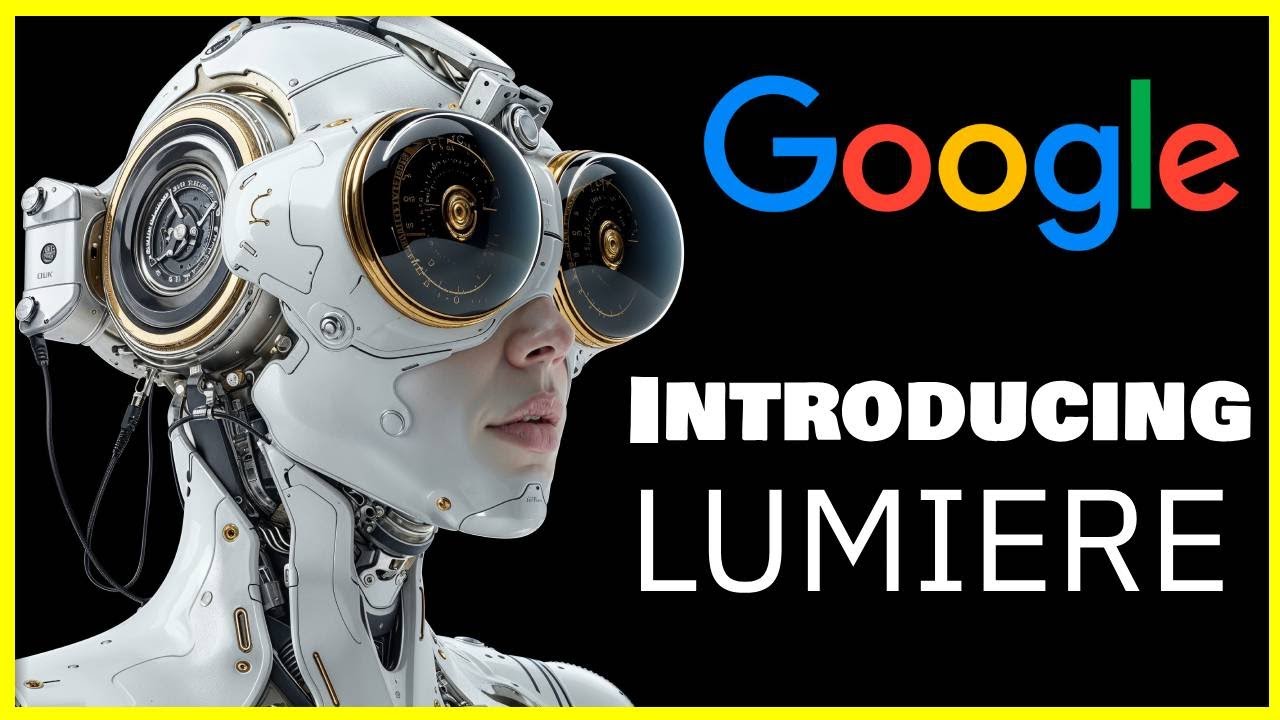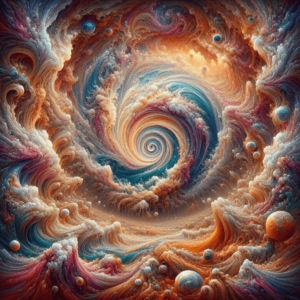Google AI recently announced their new text-to-video diffusion model, named Lumiere. It’s not a sentient AI like a robot, but it’s a powerful tool that can synthesize realistic, diverse, and coherent videos from just a text prompt.
Key Things to Know About Lumiere
- Cutting-edge technology: Lumiere boasts a novel Space-Time U-Net architecture, allowing it to generate entire videos in a single pass, unlike traditional models that rely on separate keyframes and temporal super-resolution. This ensures global temporal consistency and smooth motion.
- Capabilities:
- Bring still images to life: Turn a static picture into a moving scene with realistic actions and backgrounds.
- Respond to text prompts: Describe your desired video in words, and Lumiere will try its best to create it.
- Perform advanced video editing: Fill in missing parts of videos, change styles, and even apply artistic effects.
- Limitations: It is still under development, and it has some limitations. For example, it can’t currently handle videos with multiple shots or scenes involving diverse motions.
Overall, Lumiere represents a significant advancement in the field of text-to-video AI generation. While it’s not publicly available yet, its potential applications are vast, ranging from creative video production to education and even scientific simulations.
Lumiere’s Capabilities and Potential
Text-to-Video:
- Prompt Control: You can be specific with your text prompts, detailing actions, environments, character descriptions, and even camera movements. This AI will try its best to incorporate these details into the generated video.
- Creative Freedom: You’re not limited to realistic scenarios. Describe fantastical worlds, impossible actions, or abstract concepts, and this magic AI will creatively interpret them within its capabilities.
- Style Transfer: You can specify existing visuals (images or videos) as stylistic references. Lumiere will adapt the generated video’s aesthetic to match the chosen style, mimicking colors, textures, and even camera techniques.
Video Editing:
- Image Inpainting: Missing parts of videos can be reconstructed by Lumiere, seamlessly filling in the gaps with consistent content and motion.
- Stylistic Editing: Apply different artistic effects to existing videos, like changing the color palette, adding artistic brushstrokes, or even turning live-action footage into animations.
- Cinemagraph Creation: Generate mesmerizing cinemagraphs where specific parts of a scene move while others remain static, creating a captivating surreal effect.
Potential Applications
- Movie and Animation Production: Generate quick prototypes for storyboards, concept art, or special effects sequences.
- Education and Training: Create engaging visualizations for educational materials, training simulations, or virtual field trips.
- Marketing and Advertising: Develop dynamic product demonstrations, eye-catching social media content, or personalized video ads.
- Concept Design and Prototyping: Quickly explore design ideas in various mediums, from product packaging to architectural visuals.
- Personal Creativity and Expression: Use Lumiere as a tool to bring your imagination to life through animated storytelling, surreal art, or personalized video projects.

Limitations and Ethical Considerations
- Bias and Misinformation: As with any AI system trained on large datasets, Lumiere can potentially reflect societal biases present in its training data. Careful curation and development are crucial to address these issues.
- Copyright and Ownership: The ownership of AI-generated content remains a complex legal question. Determining who owns the rights to a video created by Lumiere based on your prompt requires careful consideration.
- Accessibility and Equity: Ensuring equitable access to this powerful technology and preventing its misuse or manipulation for harmful purposes is essential.
Lumiere represents a powerful step forward in AI video generation, sparking conversations about the future of art, entertainment, and even education. While challenges remain, its potential to democratize the creative process and unlock new forms of storytelling is undeniable. It’s exciting to see how Lumiere shapes the future of visual media in the years to come.
Also Read: Google Announces Bard Advanced:





[…] and privacy: Google emphasizes its commitment to responsible AI development with transparency and privacy in mind. You […]